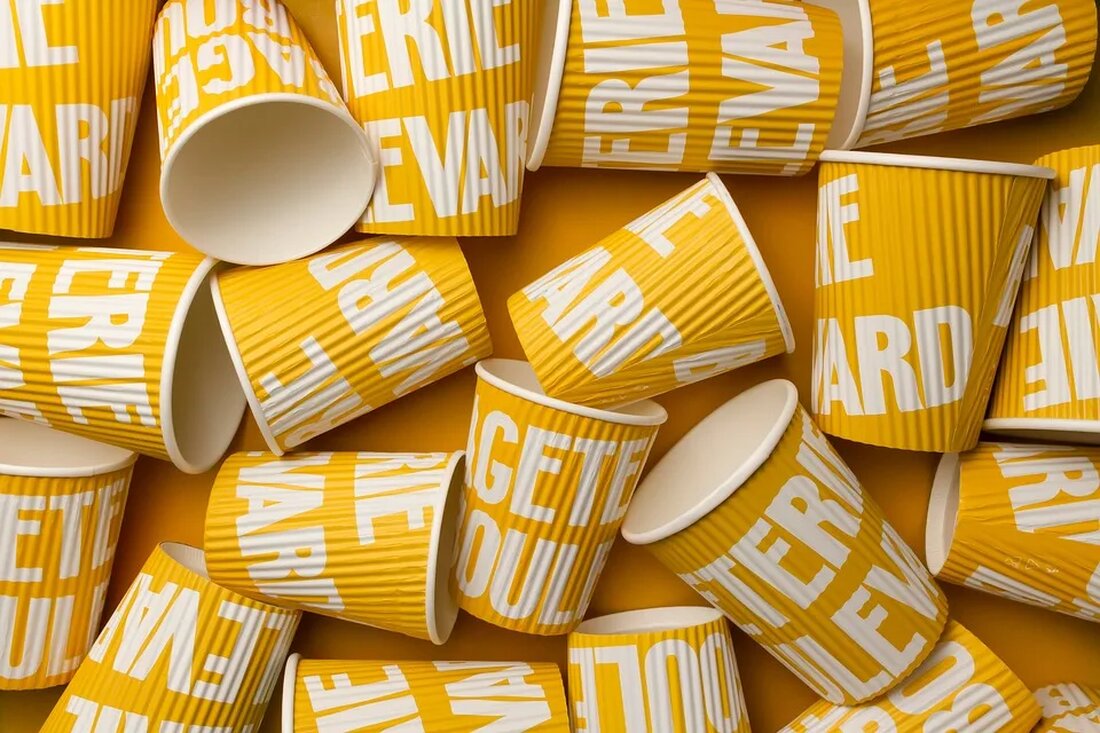Environmentally friendly printing technologies
In our ever-advancing modern world, the printing process is an indispensable part. Be it magazines, books, brochures or simply everyday documents, the printing industry plays a crucial role. However, the traditional printing process also has some significant environmental impacts. That's why the pursuit of more environmentally friendly printing technologies is not just a trend, but a necessity. In this article, we will draw attention to eco-friendly printing technologies that have been developed with the environment in mind. By using these technologies, we can, on the one hand, make our contribution to environmental protection and, on the other hand, promote progress in the field of printing technology. Traditional printing technologies and their...

Environmentally friendly printing technologies
In our ever-advancing modern world, the printing process is an indispensable part. Be it magazines, books, brochures or simply everyday documents, the printing industry plays a crucial role. However, the traditional printing process also has some significant environmental impacts. That's why the pursuit of more environmentally friendly printing technologies is not just a trend, but a necessity.
In this article, we will draw attention to eco-friendly printing technologies that have been developed with the environment in mind. By using these technologies, we can, on the one hand, make our contribution to environmental protection and, on the other hand, promote progress in the field of printing technology.
Traditional printing technologies and their impact on the environment
Traditional printing processes, such as offset printing, have contributed significantly to environmental pollution in the past. Two of the most important factors are the material used and the chemicals.
Paper
Cheap, non-recyclable paper from unsustainable sources remains a major problem. The deforestation necessary for paper production contributes to erosion, habitat destruction and biodiversity loss. In addition, paper production uses significant amounts of water and energy.
Chemicals
Traditional printing processes require the use of chemicals such as solvents, inks and varnishes. Many of these chemicals can be harmful to health and produce harmful emissions that are harmful to both the environment and human health. Furthermore, these chemicals also cause significant amounts of waste.
Environmentally friendly printing technologies
Guided by growing environmental concerns and the responsibility to minimize our environmental footprint, many companies and researchers have begun to develop more environmentally friendly printing technologies.
Digital printing and on-demand
Digital printing has established itself as a more environmentally friendly option in recent years. Unlike offset printing, which requires upfront costs and minimum lead times, digital printing allows for on-demand printing, reducing the amount of unneeded print material.
The fact that digital printing mechanisms do not require printing plate changes minimizes the amount of waste produced. The lack of chemical development processes also leads to lower emissions and reduced consumption of resources.
Use of environmentally friendly materials
Using environmentally friendly materials is another strategy to reduce the environmental footprint in the printing industry. This applies to both the paper and the ink:
- Papier: Immer mehr Unternehmen wählen recycelbares Papier oder Papier aus nachhaltig bewirtschafteten Wäldern. Indem sie FSC-zertifiziertes (Forest Stewardship Council) Papier verwenden, stellen sie sicher, dass das erforderliche Rohmaterial aus verantwortungsvoll bewirtschafteten Wäldern stammt.
- Tinte: Viele Unternehmen haben auch auf umweltfreundlichere Tinten umgestellt. Während herkömmliche Offset-Drucktinten oft schwermetallhaltige Pigmente verwenden, gibt es mittlerweile pflanzenbasierte und wasserlösliche Tinten, die weniger schädlich sind.
3D printing
3D printing is another promising technology in terms of environmental sustainability. Thanks to the ability to directly print products and components, 3D printing can reduce the waste created by traditional manufacturing methods. Additionally, 3D printing offers the ability to print from a variety of materials, including biodegradable plastics.
Challenges and future of environmentally friendly printing technologies
Despite the advances and benefits of green printing technologies, there are also challenges. These include, but are not limited to, higher costs, the need to raise awareness and change old habits, and limited availability of certain materials.
However, with increasing awareness of the impact of our actions on the environment and advances in technology, it is expected that environmentally friendly printing technologies will become increasingly common.
The future of eco-friendly printing technologies is exciting. With improvements in existing technologies and the introduction of new materials, we can look forward to a future where the printing industry makes a positive contribution to a more sustainable world.
conclusion
The printing industry has come a long way. From the days of woodblock printing techniques to the invention of offset printing and digital printing technology, the process has continued to evolve. Given the increasing environmental concerns, the development and implementation of environmentally friendly printing technologies represents the next important step in this evolution.
Our global economy is facing numerous ecological challenges. It is therefore more important than ever to promote sustainable methods and processes in all areas. It is crucial that we all focus on minimizing our environmental footprint and helping to preserve the planet for future generations. Thanks to advancing environmentally friendly printing technologies, we are on the right track to achieve this.

 Suche
Suche
 Mein Konto
Mein Konto
